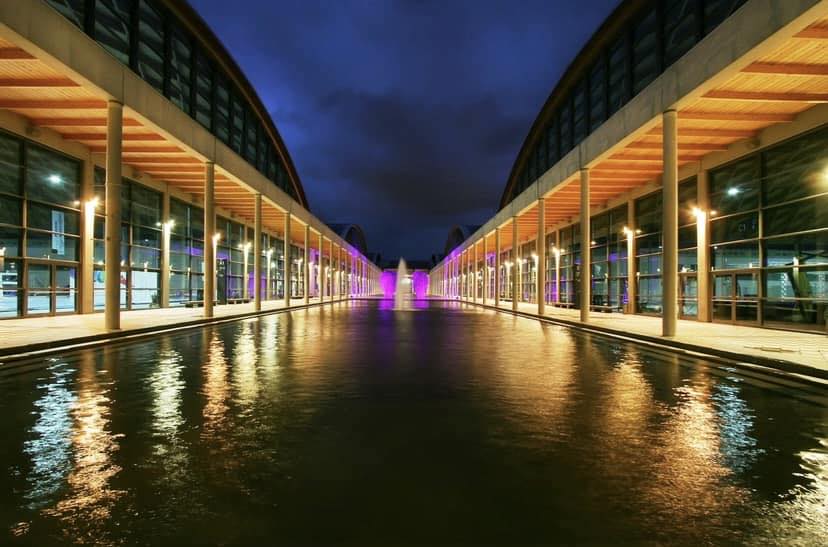The City Museum is located near one of the city’s central squares, Piazza Ferrari.
It is one of the richest museums in the area, with a huge collection dedicated to archaeology, painting and early 20th century poster art. It was founded by local historian and bibliographer Luigi Tonini in 1871-1872 as the Archaeological Gallery, inside a building belonging to the Rimini Jesuit College (later the city’s Civil Hospital from 1797 to 1977).
The interior and exterior rooms house various sections: finds from the Roman period, documenting the evolution of the ancient colony of Ariminum from the Republican to the Imperial period. The Roman lapidarium in the outer courtyard is very interesting, with inscriptions dating between the 1st century B.C. and the 5th century A.D., as are the mosaic floors and objects from the various domus (e.g. Palazzo Diotallevi and Domus del Chirurgo).
The exhibition is enriched by an extensive medieval and modern section, which brings together paintings and sculptures, ceramics and medals, and architectural fragments from the city and its territory. There are works by artists such as Agostino di Duccio, Matteo de’ Pasti, Giovanni Bellini, Ghirlandaio.
Then there are rooms dedicated to the Malatesta Seignory, which governed the city from the end of the 13th century to the 16th century, and others in which the artistic season of the 17th to the 19th century is retraced: noteworthy are some works by artists such as Cagnacci or Centino, with Sant’Antonio Abate, La vocazione di San Matteo, Cleopatra, or the exceptional series of tapestries with the stories of Semiramis as their subject, woven in Antwerp.
As far as the 20th century is concerned, the Museum houses two treasures: the Book of Dreams by Federico Fellini (Rimini, 1920 – Rome, 1993) and some works of graphic art and posters by the famous René Gruau, stage name of Renato Zavagli Ricciardelli from Rimini (Rimini, 1909 – Rome, 2004).






